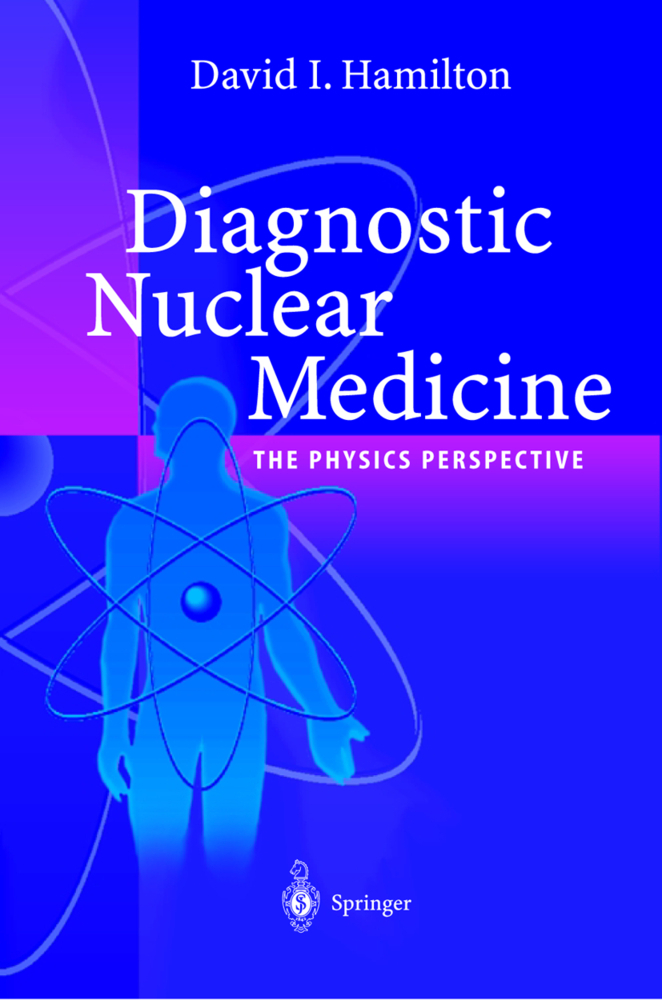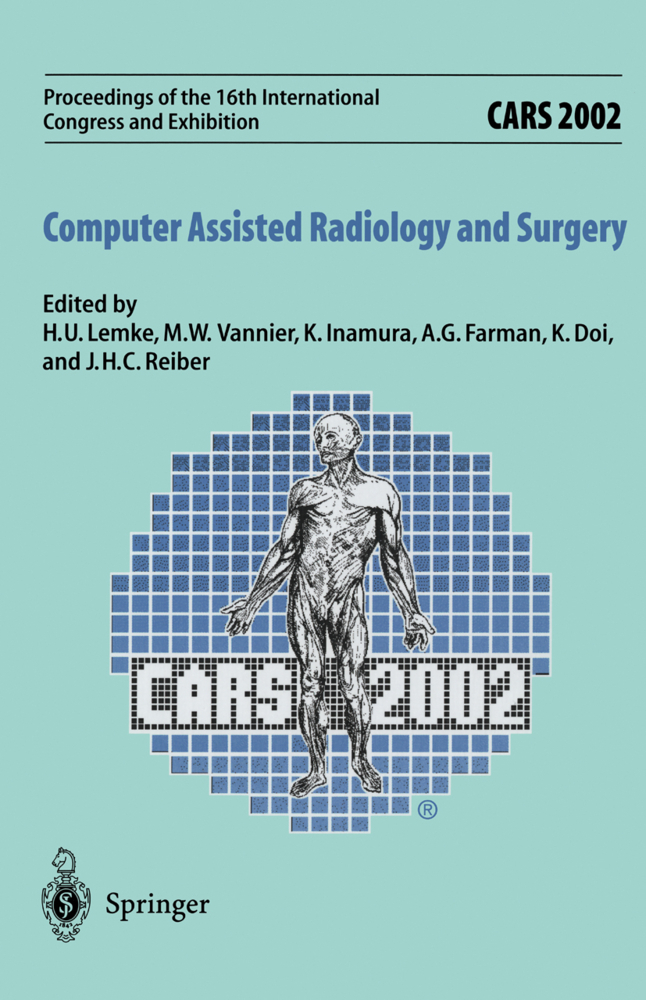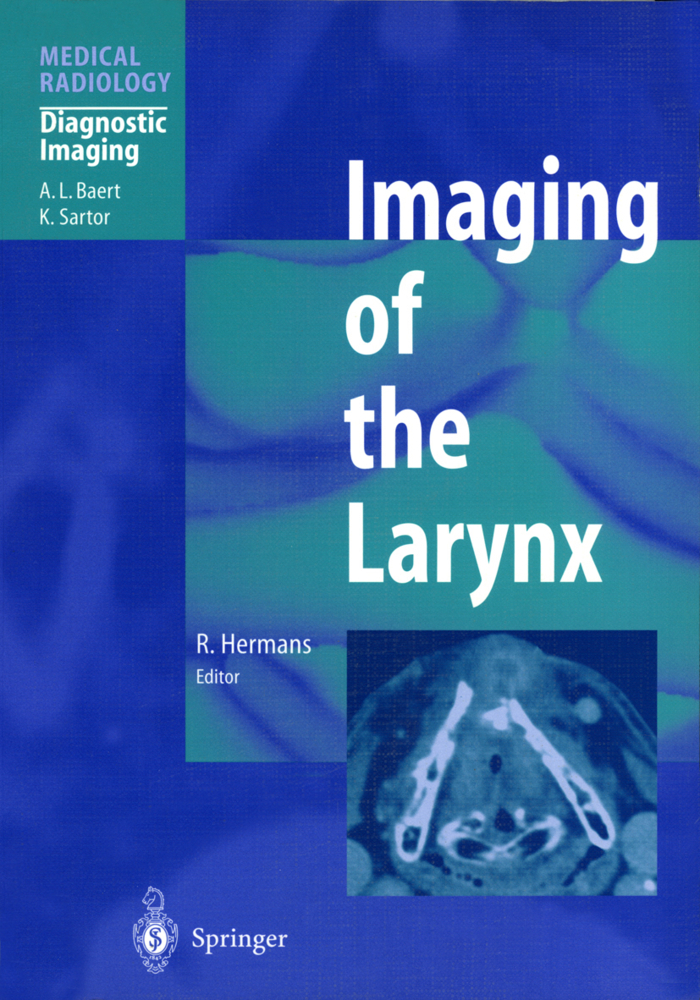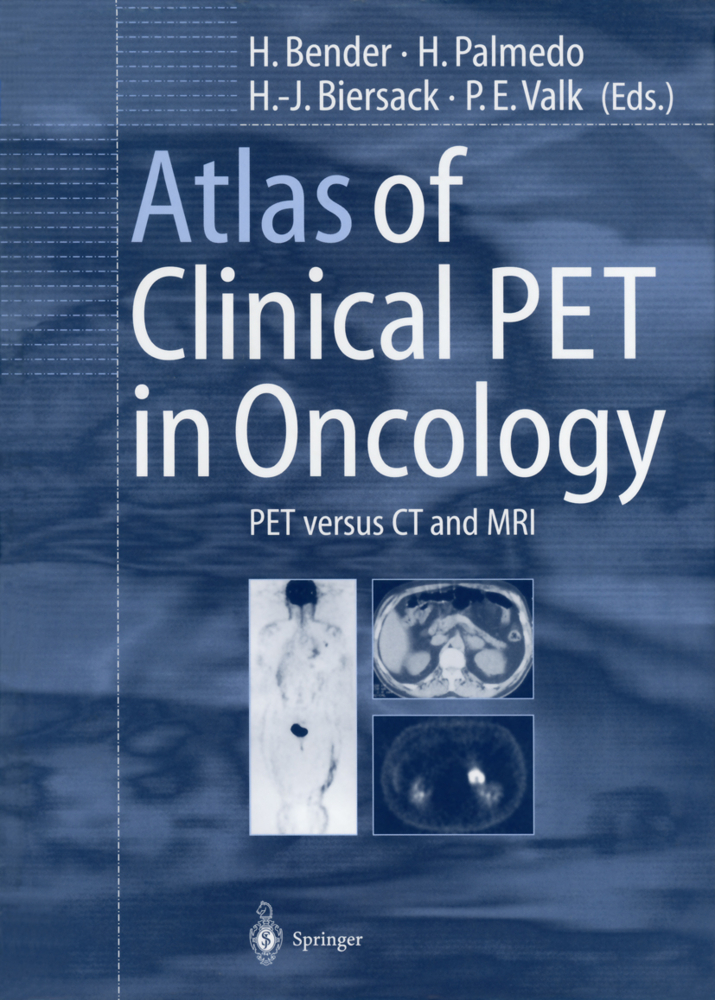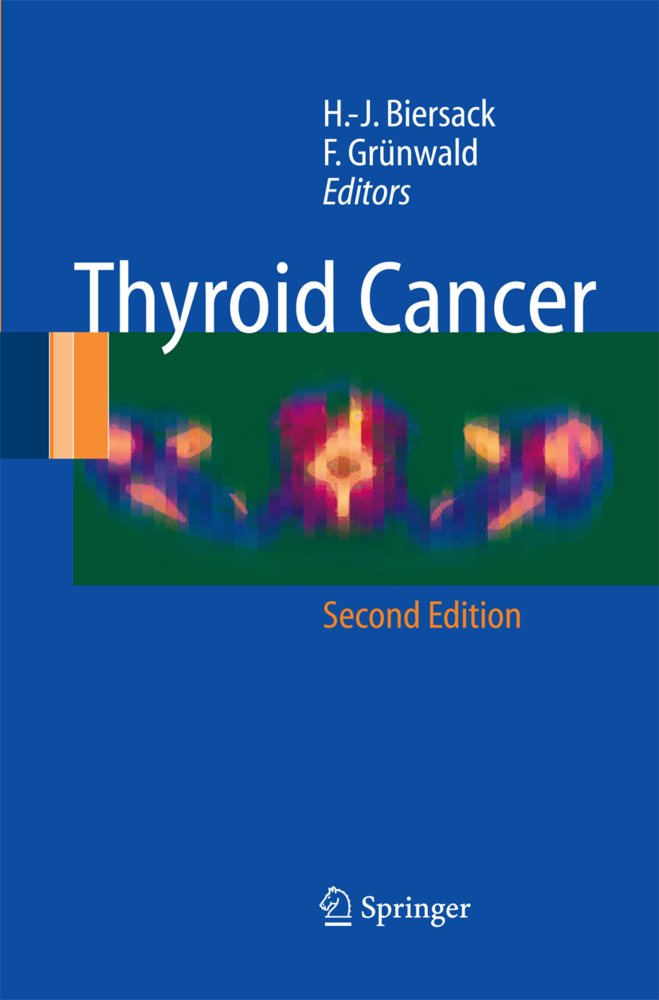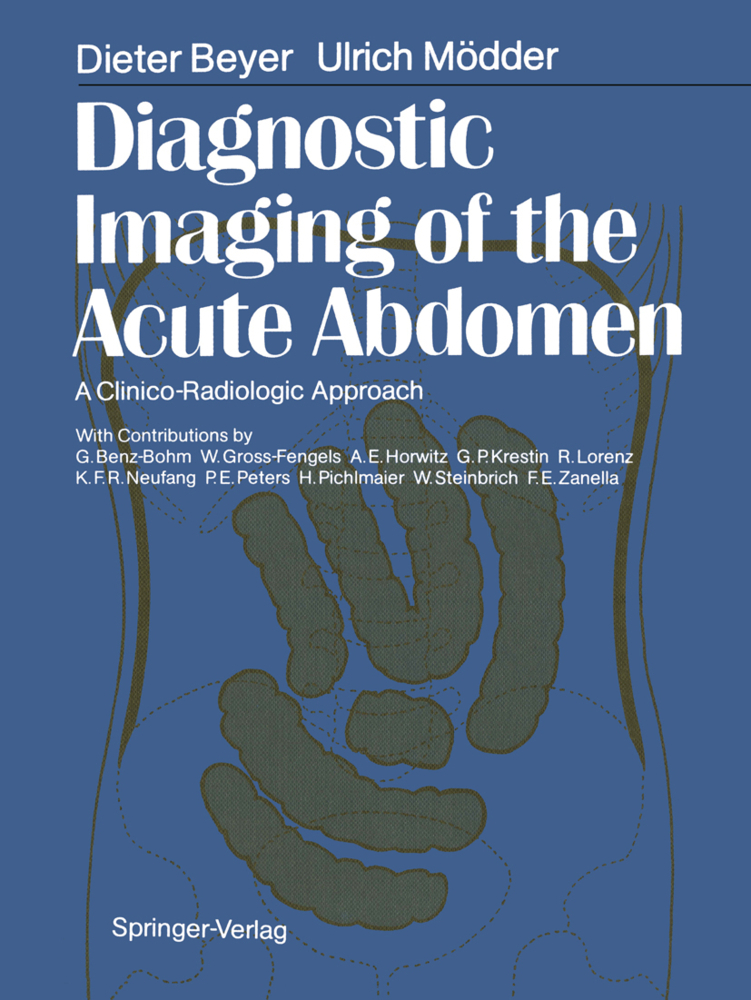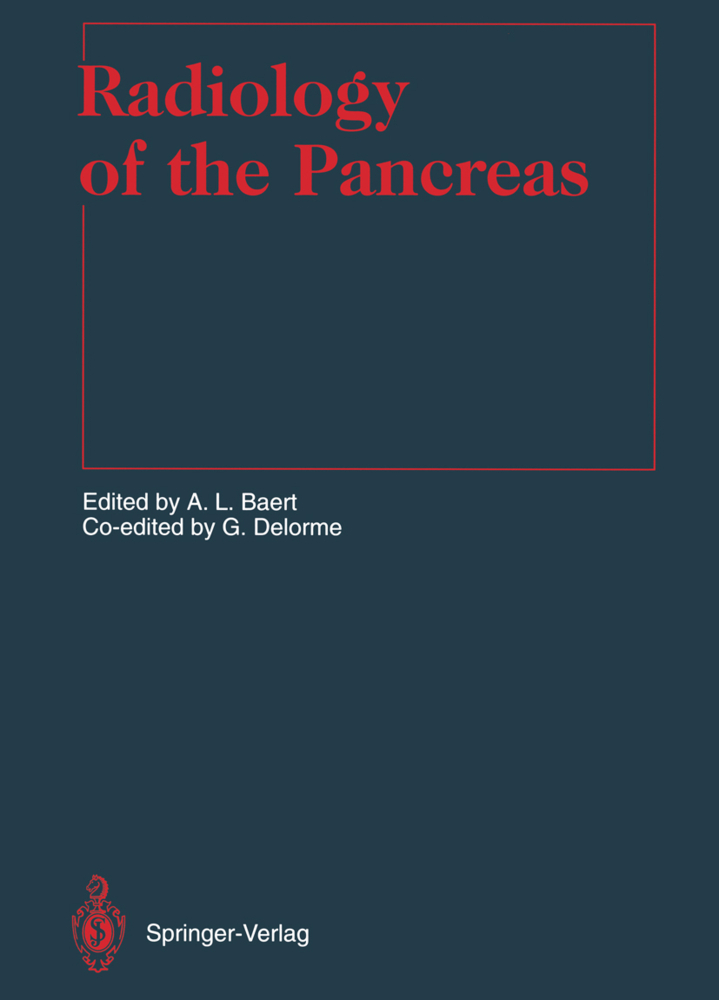Diagnostic Nuclear Medicine
A Physics Perspective
Diagnostic Nuclear Medicine
A Physics Perspective
In the development of many medical technologies the beginning is characterised by an emphasis on the basic scientific principles of the technology and the optimisa tion of the functional aspects of the technology. As a technology matures there is a tendency for the underlying principles to be forgotten as the dinical applications begin to develop and the focus moves to an understanding of the dinical applica tion. This maturity brings with it new challenges for those involved in the use of the technology. An acceptance of the methodology may lead to a scaling back of the ba sic training of staff into the fundamentals of the techniques and lead to a lack of questioning as to those issues which lead to the optimisation in dinical applications. This lack of basic training may ultimately lead to a stifling of research and develop ment of the technology as a whole as trained staff becomes a scarce commodity. Nudear medicine is no exception to this development cyde. As a medical special ty the discipline has matured. The basic imaging technology has become more reli able in everyday use requiring less input from scientific staff. Clinical procedures have become protocols which are often followed without due understanding of the basic principles underlying the imaging procedure. This is clearly demonstrated when new radiopharmaceuticals are introduced into the market place.
I.2 Radiopharmaceuticals
I.3 Biological Effects of Radiation
I.4 Protection of the Community
I.5 Protection of the Patient
II Detection Systems
II.1 Radiation Detection
II.2 Non-Imaging
II.3 Single Photon Planar Imaging
II.4 Single Photon Tomographic Imaging
II.5 Dual Photon Imaging
II.6 Image Presentation
II.7 Computers and Communications
III Clinical Procedures
III.1 Non-Imaging Studies
III.2 Single Photon Planar Imaging
III.3 Single Photon Tomographic Imaging
III.4 Dual Photon Imaging
III.5 Image Processing and Analysis
IV Quality Assurance
IV.1 Quality Assurance
IV.2 Radiopharmaceutical
IV.3 Non-Imaging
IV.4 Single Photon Planar Imaging
IV.5 Single Photon Tomographic Imaging
IV.6 Dual Photon Imaging
IV.7 Image Presentation
IV.8 Computer
V Appendices
V.1 Radionuclide Decay Characteristics
V.2 Units
V.3 Collimator Details
V.4 GFR Single Sample Equations
V.5 Typical Acquisition and Processing Protocols for Single Photon Investigations.
I Radiation
I.1 RadioactivityI.2 Radiopharmaceuticals
I.3 Biological Effects of Radiation
I.4 Protection of the Community
I.5 Protection of the Patient
II Detection Systems
II.1 Radiation Detection
II.2 Non-Imaging
II.3 Single Photon Planar Imaging
II.4 Single Photon Tomographic Imaging
II.5 Dual Photon Imaging
II.6 Image Presentation
II.7 Computers and Communications
III Clinical Procedures
III.1 Non-Imaging Studies
III.2 Single Photon Planar Imaging
III.3 Single Photon Tomographic Imaging
III.4 Dual Photon Imaging
III.5 Image Processing and Analysis
IV Quality Assurance
IV.1 Quality Assurance
IV.2 Radiopharmaceutical
IV.3 Non-Imaging
IV.4 Single Photon Planar Imaging
IV.5 Single Photon Tomographic Imaging
IV.6 Dual Photon Imaging
IV.7 Image Presentation
IV.8 Computer
V Appendices
V.1 Radionuclide Decay Characteristics
V.2 Units
V.3 Collimator Details
V.4 GFR Single Sample Equations
V.5 Typical Acquisition and Processing Protocols for Single Photon Investigations.
| ISBN | 978-3-540-00690-9 |
|---|---|
| Artikelnummer | 9783540006909 |
| Medientyp | Buch |
| Copyrightjahr | 2004 |
| Verlag | Springer, Berlin |
| Umfang | XII, 465 Seiten |
| Abbildungen | XII, 465 p. |
| Sprache | Englisch |

